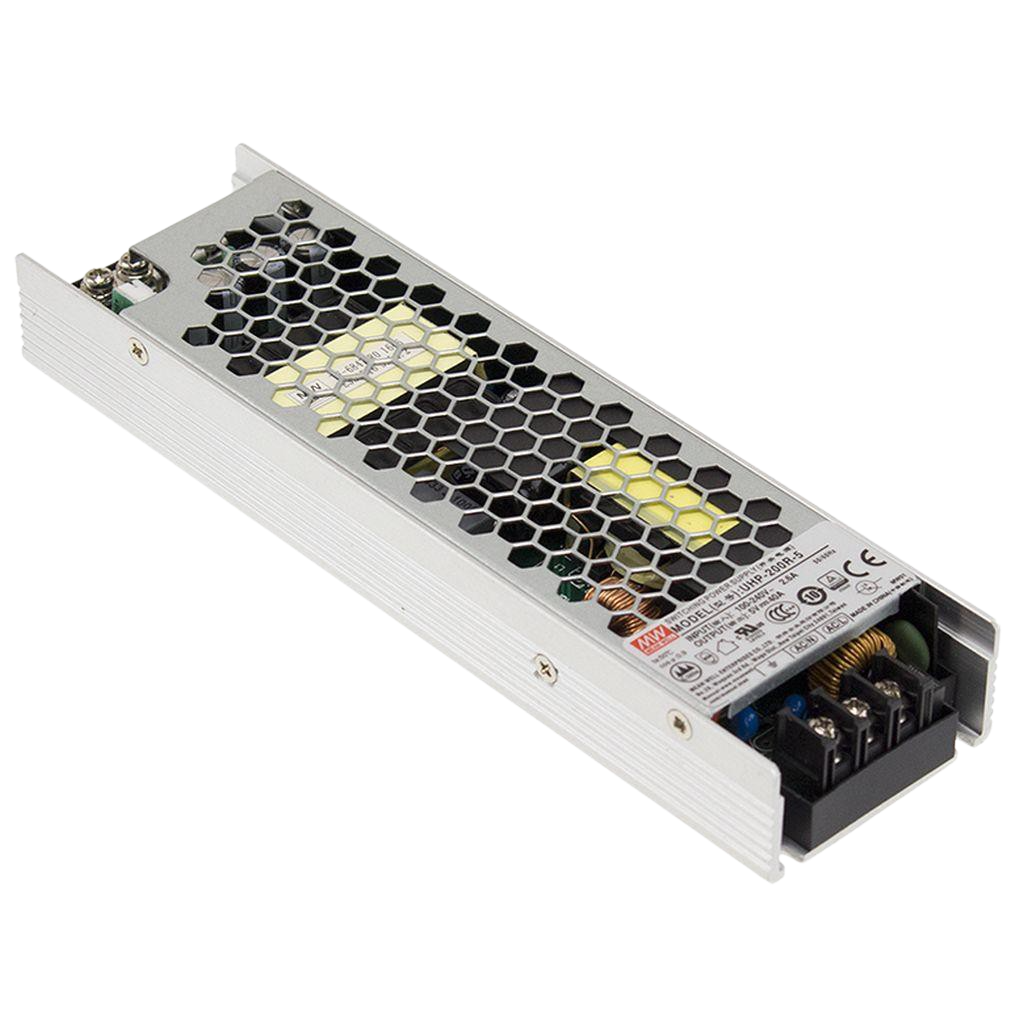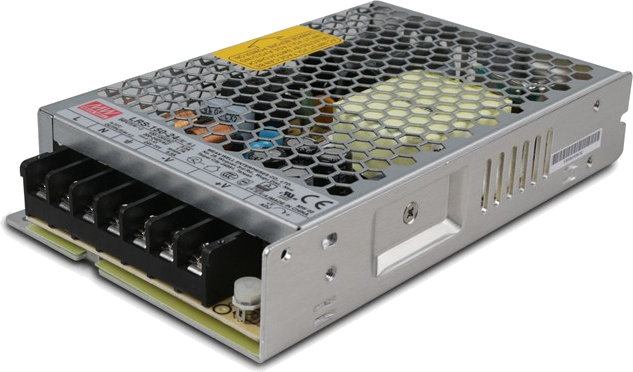Power Supply Considerations for Digital LEDs
If you want your Digitally Addressable LEDs to light up, you’re going to need a power supply! These come in lots of shapes and sizes and you need to figure out what you are going to need for your project. Although overkill (in wattage/amperage) mostly isn’t a problem, a power supply that has been sized too small can lead to “undesirable situations”.
Let’s go through a few things we need to figure out before purchasing a power supply for your project!
![]()
Voltage needed
Depending on what kind of LED you are working with, you are going to need a certain voltage.
- Digital LEDs (such as pixel addressable RGB strips) often use 5v, sometimes 12v and 24v variants also exist but are more rare.
- The QuinLED-Dig-Uno_v3 and QuinLED-Dig-Quad_v2 support 5v-24v! (you need to match up power supply voltage to LED voltage!)
![]()
How much power do you need?
Calculating power for your intended project can be a daunting task to get started with. Because of this I have create several resources to try and make determining what you need a bit easier.
The first step in this process is figuring out the total power draw your amount of LEDs are going to have. You can design either for full 100% white or 50% white, it really depends on what philosophy you subscribe to on that subject. Personally I generally design for the 50% white (or nominal) power usage scenario since all effects and colors you run will fall below that value, so you design your cables and voltage drop targets towards this. If then you’d still set 100% white, it would be visible in voltage drop, but not suddenly burn down your house since you weren’t right on the edge of your wiring anyway. And that’s also where the WLED current limiter for instance can help (in the visual aspect), and hardware fuses can prevent any dangerous situation.
*50% power rule does NOT apply for ws2815! ws2815 uses the same amount of power for a single color as for white!
But whatever the case, the first step is figuring out your true real-world power usage, for this I have created a LED power usage sheet which shows you real measured values for lots of types of addressable LED strips. There is a mythical “60mA per LED” floating around on the internet, but this hasn’t been true for LED strip for years, especially now that lots of different types of LED chips are available. So I strongly advise calculating with the values (listed in watts) from my real-world sheets.
Calculating cables, injections, etc.
Once you know the total amount of power and voltage you are going to need, you have everything you need to continue selecting a power supply below. But there is more to your power setup for your LEDs such as injection lines, amount of power per injection, fuses, etc.. I have a livestream here which will take you along calculating everything you need! That one is highly recommended, watch the first 30 minutes I believe you’ll already be able to figure out most of it! I also have a separate article on wire thickness.
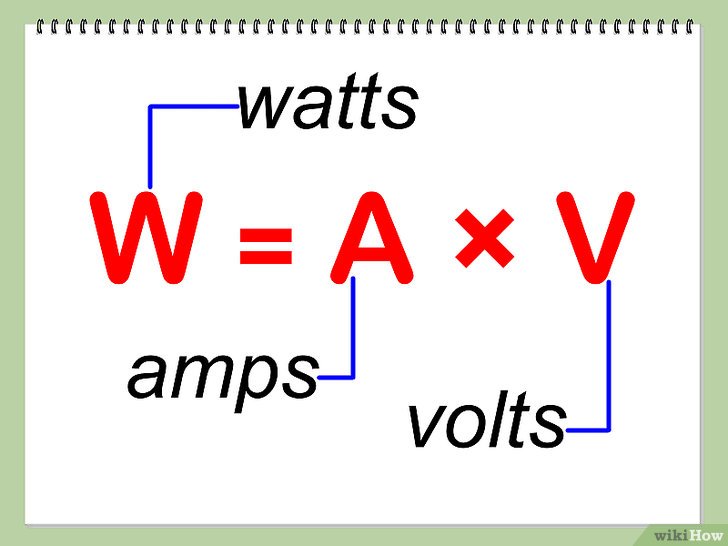
![]()
Power supply styles and shopping links
Generally a power supply for LEDs will come in one of three forms:
- Wall Adapter
- Suitable for small projects
- Power Brick
- Suitable for small to medium projects
- Frame style
- Suitable for all style projects, required for medium to large projects
(Make sure to read my article about a Chinese or Mean Well power supplies)
2021 update, a few years have passed and more, decent, Chinese power supplies are available now. I’ve tried listing some examples, especially the frame versions, with most of those I have real-world experience myself.
Wall Adapter
These are mostly suited for loads up to 20 to 24 watts watts, depending on the LEDs/m and strip this can mostly power a 1 to 2 meter strip.
5v
![]() Mean Well 5v 4A (20w) (EU) (US)
Mean Well 5v 4A (20w) (EU) (US)
![]() Simple 5v 4A (20w)
Simple 5v 4A (20w)
![]() 12v
12v
![]() Mean Well 12v 2A (24w) (EU) (US)
Mean Well 12v 2A (24w) (EU) (US)
![]() Simple 12v 2A (24w)
Simple 12v 2A (24w)
![]() Simple 12v 5A (good brand) (60w)
Simple 12v 5A (good brand) (60w)
![]() 24v
24v
![]() Mean Well 24v 1A (24w) (EU) (US)
Mean Well 24v 1A (24w) (EU) (US)
![]() Simple 24v 1A (24w)
Simple 24v 1A (24w)
![]()
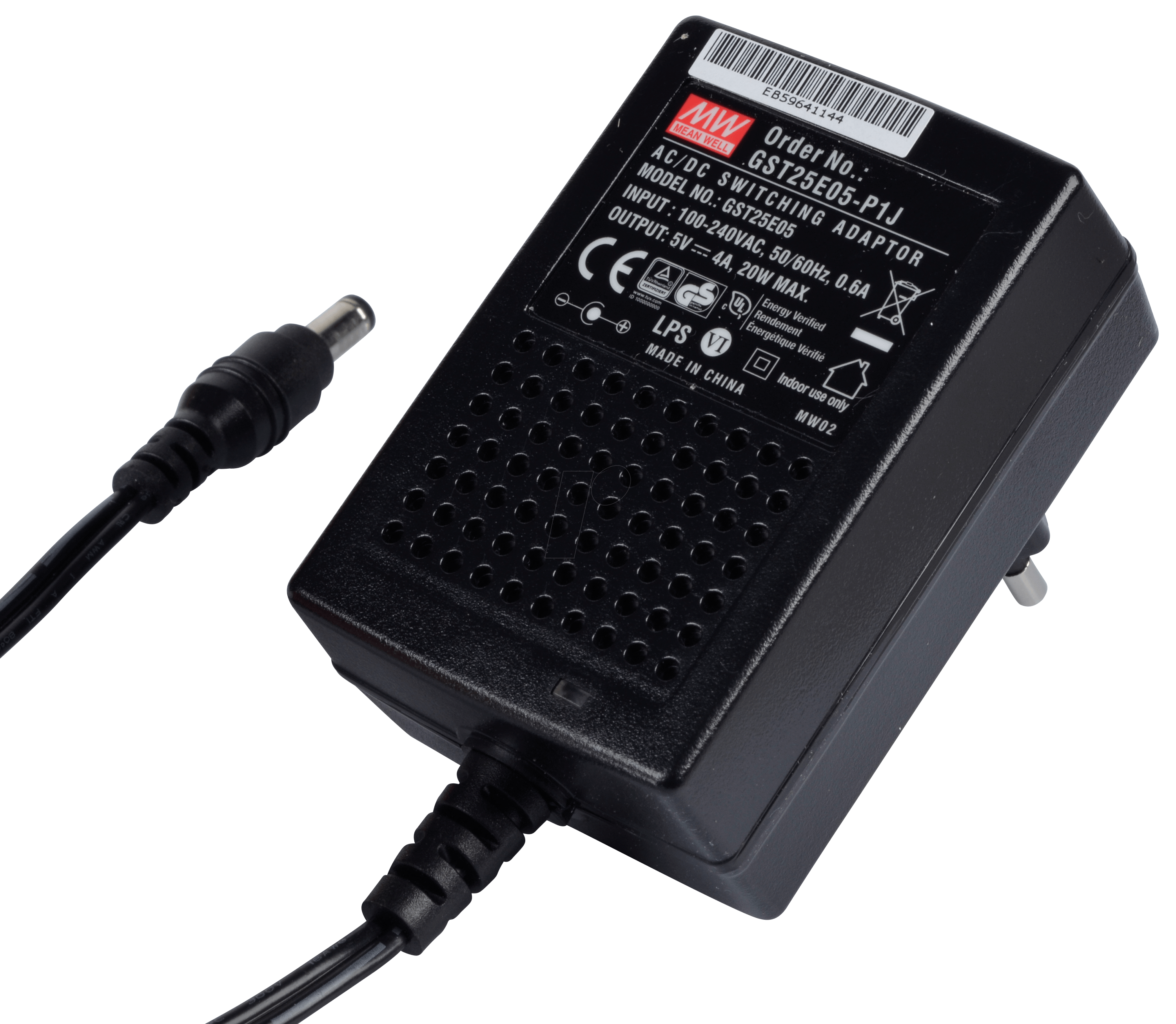
![]()
Power Brick
You see power bricks most often with laptops as a power supply. They can deliver substantially more power then a wall adapter but are also a bit bulkier. Power bricks can be found mostly up to 120w but can go as high as 150w or even 200w of output! For the super high wattage versions sometimes the brick may have a little fan inside of it to cool it. I like using this type of power supply in situations where it might be easily reached or like a bedroom or something like that. Because it’s fully encased there is no problem touching it.
Tip: The barrel connector most power supplies ship with is only rated for max 5A to 10A. The barrel to 2 pin converter blocks are often only rated for 3Amps to 5Amps! Please snip off the end and use the bare wires (with wire ferrules).
5v
![]() Mean Well 5v 6A power brick (30w)
Mean Well 5v 6A power brick (30w)
![]() Simple 5v 10A power brick (50w)
Simple 5v 10A power brick (50w)
![]() Simple 5v 15A power brick (75w) (Has a fan inside)
Simple 5v 15A power brick (75w) (Has a fan inside)
![]() 12v
12v
![]() Mean Well 12v 6,67A power brick (80w)
Mean Well 12v 6,67A power brick (80w)
![]() Simple 12v 6A power brick (72w)
Simple 12v 6A power brick (72w)
![]() Simple 12v 10A power brick (120w)
Simple 12v 10A power brick (120w)
![]() 24v
24v
![]() Mean Well 3,75A 24v power brick (90w)
Mean Well 3,75A 24v power brick (90w)
![]() Simple 24v 4A power brick (96w)
Simple 24v 4A power brick (96w)
![]() Simple 24v 5A power brick (120w)
Simple 24v 5A power brick (120w)
![]()

Frame style
A frame style power supplies can be used for small to really large installations. They are often the cheapest option too but are less suited for public areas because of the open nature. If you need anything above 100w though, do consider them because they can handle heat a lot better than the above brick style power supply and thus have the highest life span too.
5v
![]() Mean Well LRS-200 series 40A (200w) (Good Quality, no fan!)
Mean Well LRS-200 series 40A (200w) (Good Quality, no fan!)
![]() Mean Well HSP-200 series 40A (200w) (Great Quality, no fan!) (Active PFC)
Mean Well HSP-200 series 40A (200w) (Great Quality, no fan!) (Active PFC)
![]() Mean Well LRS-350 series 70A (350w) (Has a fan)
Mean Well LRS-350 series 70A (350w) (Has a fan)
![]() Mean Well UHP-500 series (The Ultimate, High-Power, No Fan, Active-PFC, very nice!)
Mean Well UHP-500 series (The Ultimate, High-Power, No Fan, Active-PFC, very nice!)
![]() Slim Power Supply 5v 20A 100w (Good Quality for running LEDs)
Slim Power Supply 5v 20A 100w (Good Quality for running LEDs)
![]() Slim Power Supply 5v 40A 200w (Good Quality for running LEDs)
Slim Power Supply 5v 40A 200w (Good Quality for running LEDs)
![]() 12v
12v
![]() Mean Well LRS-150 series 12,5A (150w)
Mean Well LRS-150 series 12,5A (150w)
![]() Mean Well LRS-200 series 17A (200w)
Mean Well LRS-200 series 17A (200w)
![]() Mean Well LRS-350 series 30A (350w) (Has a fan)
Mean Well LRS-350 series 30A (350w) (Has a fan)
![]() Mean Well UHP-500 series (The Ultimate, High-Power, No Fan, Active-PFC, very nice!)
Mean Well UHP-500 series (The Ultimate, High-Power, No Fan, Active-PFC, very nice!)
![]() Sanpu brand power supply (150w)
Sanpu brand power supply (150w)
![]()
Simple BTF Frame Power Supply (12w – 720w) (Decent quality for price! Do not load above 80%!)
![]() 24v
24v
![]() Mean Well LRS-150 series 6,25A (150w)
Mean Well LRS-150 series 6,25A (150w)
![]() Mean Well LRS-200 series 8,8A (200w)
Mean Well LRS-200 series 8,8A (200w)
![]() Mean Well LRS-350 series 15A (350w) (Has a fan)
Mean Well LRS-350 series 15A (350w) (Has a fan)
![]() Mean Well UHP-500 series (The Ultimate, High-Power, No Fan, Active-PFC, very nice!)
Mean Well UHP-500 series (The Ultimate, High-Power, No Fan, Active-PFC, very nice!)
![]() Sanpu NL-150 series 6A (150w)
Sanpu NL-150 series 6A (150w)
![]()
![]()
Bonus: Computer PSU
Depending on the voltage and Amperage needed it can sometimes be interesting to use a computer power supply! Depending on the type they are most often good for delivering 12v and sometimes also 5v! Often these can be cheap and low noise for the power output because they are designed to work with big quiet fans. Again, try not to exceed more than 80% of the rated power for continuous loads! Make sure to check the output table for the power supply well, often they can only deliver a portion of their rated “500w” on 5v but most on 12v!
When using any Power Supply with a high wattage, make sure to implement fuses in your setup.
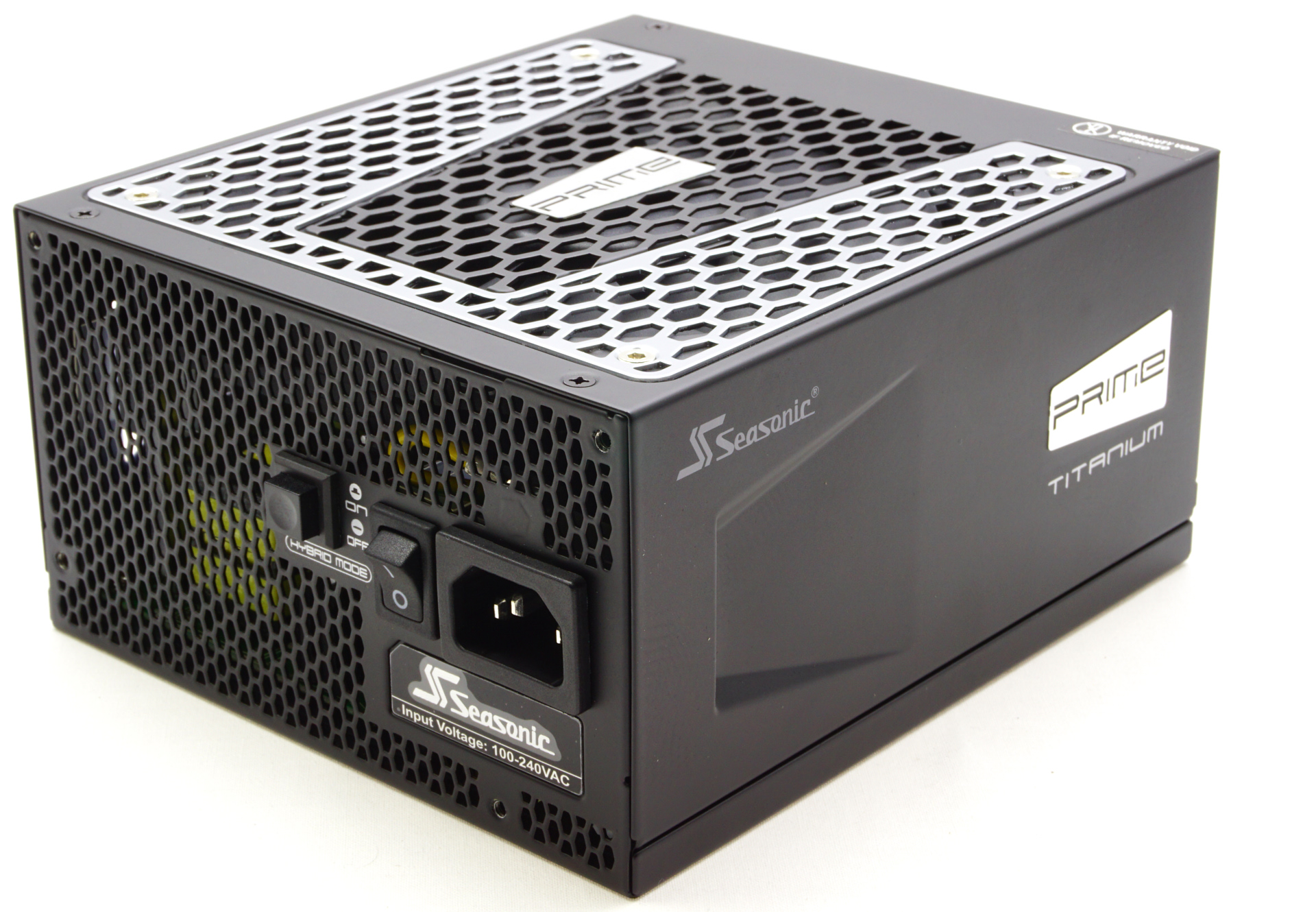
![]()
China power or fire?
A lot of debate has surrounded Chinese power supplies as long as I can remember. A power supply produced in China isn’t inherently bad there is just a lot of parties who sell cheap and re-used internals with sloppy soldering and sometimes even with dangerous circuitry inside, those are the types to watch out for.
Most often these are inside of the wall adapter or power brick style power supplies, they have a harder time hiding what they cheated with in the frame type power supplies! This is why I prefer to using the frame type power supplies when anything gets above 75w or so. Frame type power supplies are also much better is dissipating heat which is why they are cheaper and deliver a lot more power.
In the above shopping piece I tried to focus on three brands.
- Mean Well is a respected power supply producer and if you want (good) certainty the power supply isn’t going to burn your house down and comes with over voltage, temperature and other protection, get a Mean Well and pay the premium for that, they are excellent power supplies and I am not afraid having a few of these running 24/7.
- A little step down we have the Sanpu power supplies. These also come with all the protections listed above but is a Chinese brand. Still a Chinese brand that puts their name on their products often guarantees a better quality product then a no name version. Watch out with these because some do not work at 110v and also they give sustained load ratings below what the power supply is rated for! Still, nothing I don’t already recommend with not exceeding 80% continuous load.
- In the same category there are now decent 12v/24v “ultra-slim” power supplies for 12v and 24v, I have a few those and they have performed really well!
- Simple power supplies are what I deem acceptable, often I go by comments other users have left. Much cheaper then the two brand options but I’m not sure I would use them 24Hr in an unsupervised situation.
Myself I use a mix of the above options.
My main lighting is all done using Mean Well power supplies, these are spread around my house in several unsupervised locations and I haven’t had a single issue with them. If you want to be sure, pay the premium for them although the next category of sanpu/ultra-slim certainly aren’t bad either!
During my QuinLED-OG time I did a collaboration with Mux and he also made a video about some Chinese power supplies I sent to him. Check out this blog post which has all the details.

Picture from “The Carter Hour” YouTube channel

